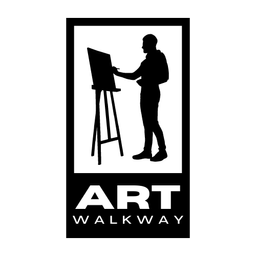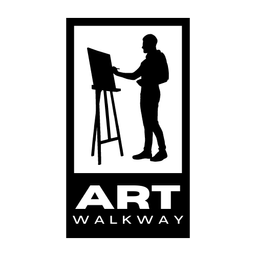Resale Royalties? Or Just Another Art World Myth?
ART Walkway's critic Panu Syrjämäki dives into the booming secondary art market, where resale royalties spark fierce debate.
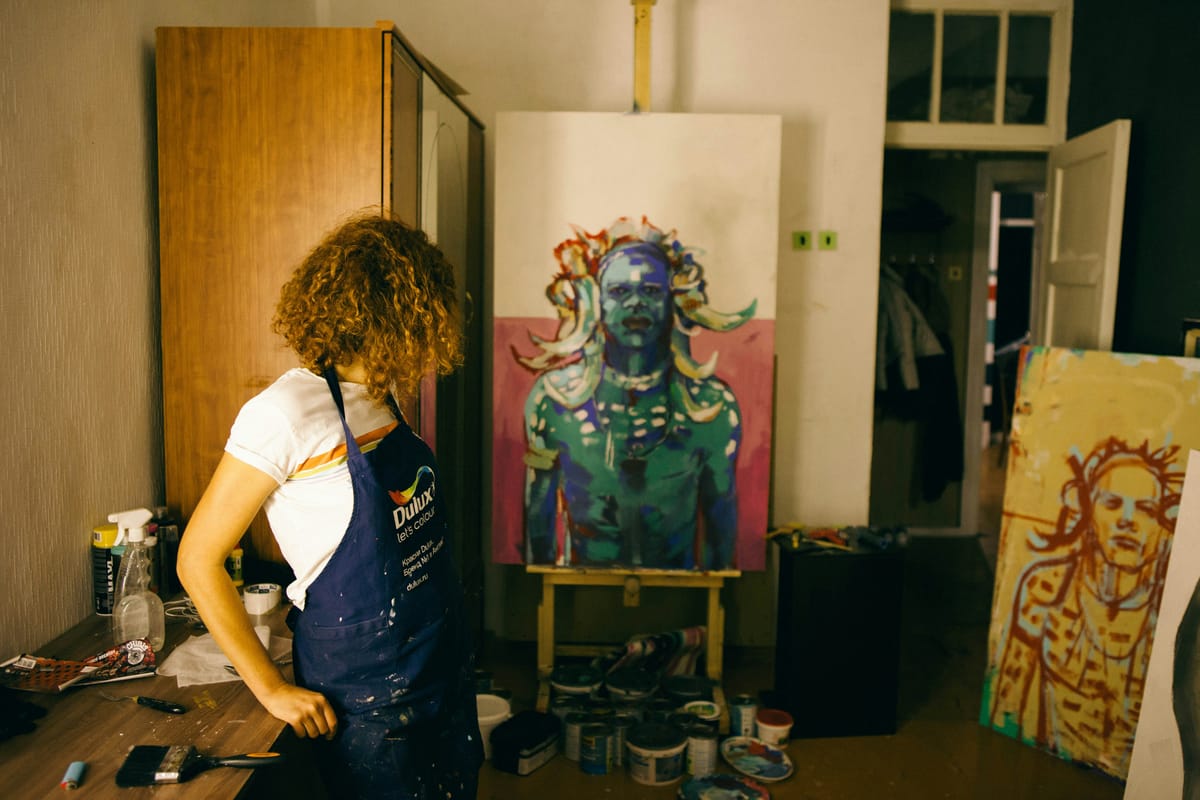
When an artist sells their work, it’s more than a transaction—it’s the culmination of years of inspiration, relentless effort, and unwavering commitment to their craft. That piece, so painstakingly brought to life, leaves their hands, carrying with it a piece of their soul.
But what happens years later, when that same work is resold, fetching an extraordinary profit at auction? For many artists, the answer is heartbreaking: they see none of it. The very person who created the art, whose talent and vision made it valuable in the first place, is excluded from the windfall.
This is the stark reality of the secondary art market. While auction houses, collectors, and galleries celebrate record-breaking sales, the artists behind these achievements are often left behind. Resale royalties aim to change this, offering a lifeline of fairness and acknowledgment. Yet the path toward equity is complex, shining a light on how deeply the art world values creators—and how much farther it must go.
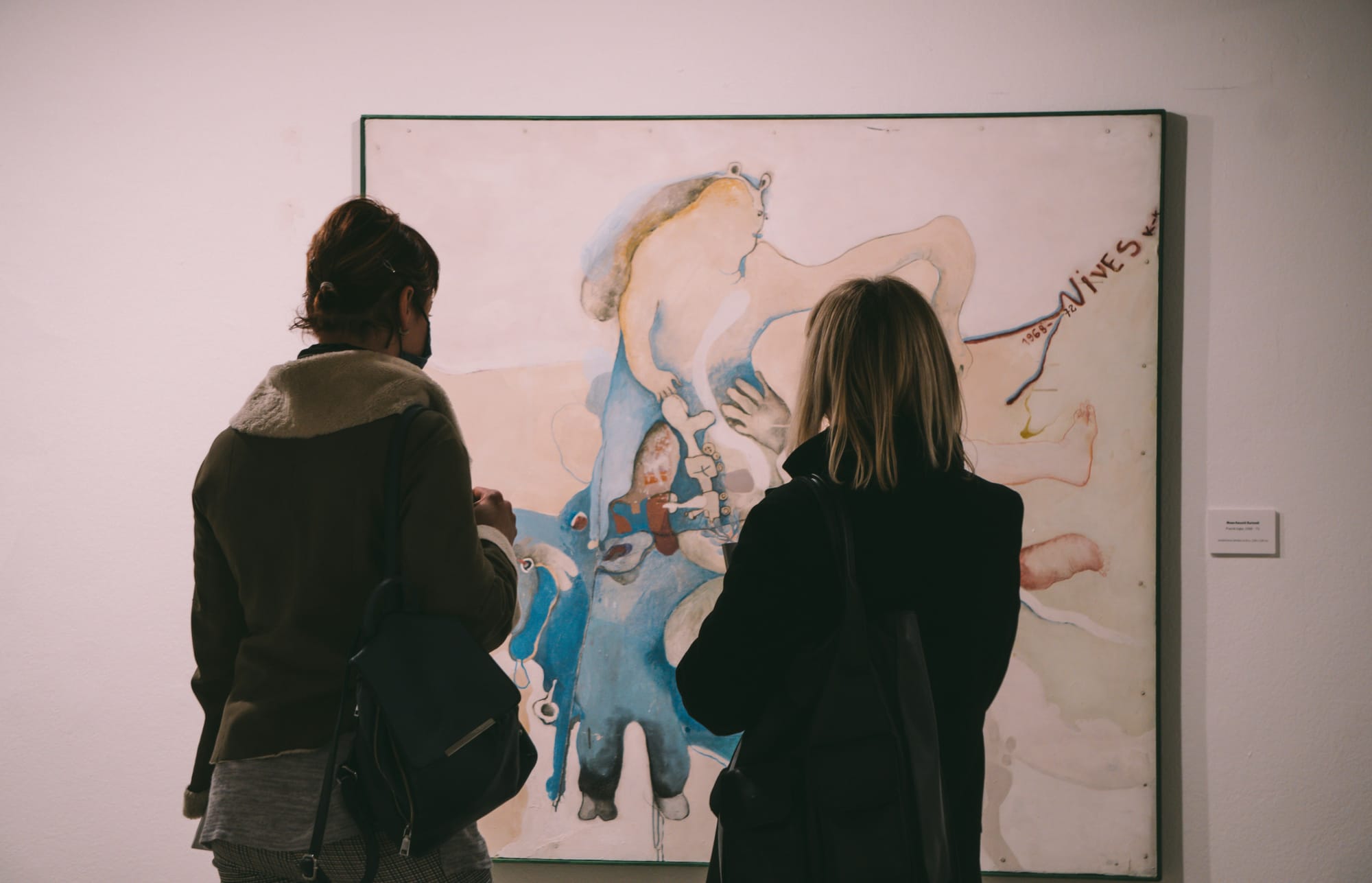
Resale Royalties: Bridging the Gap Between Creativity and Commerce
As a critic observing the nuances of the global art market, I find the Artist’s Resale Right (ARR), also known as "droit de suite," to be a poignant measure of how we value creativity. ARR ensures that creators of original works of art receive a royalty each time their work is resold through an art market professional. It allows artists to participate in the growing financial success of their creations, even after the initial sale.
In the European Union, ARR is structured on a sliding scale, with royalty rates ranging from 4% to 0.25% of the resale price, depending on the amount. The total royalty payable is capped at €12,500, balancing artist compensation with market viability. This system recognizes that the value of art appreciates not only due to market demand but also because of the artist’s reputation and cultural legacy.
While this model has empowered countless European artists, its absence in other regions raises significant questions. Without ARR, can the global art market ever claim to truly support its creators?
More Reviews:
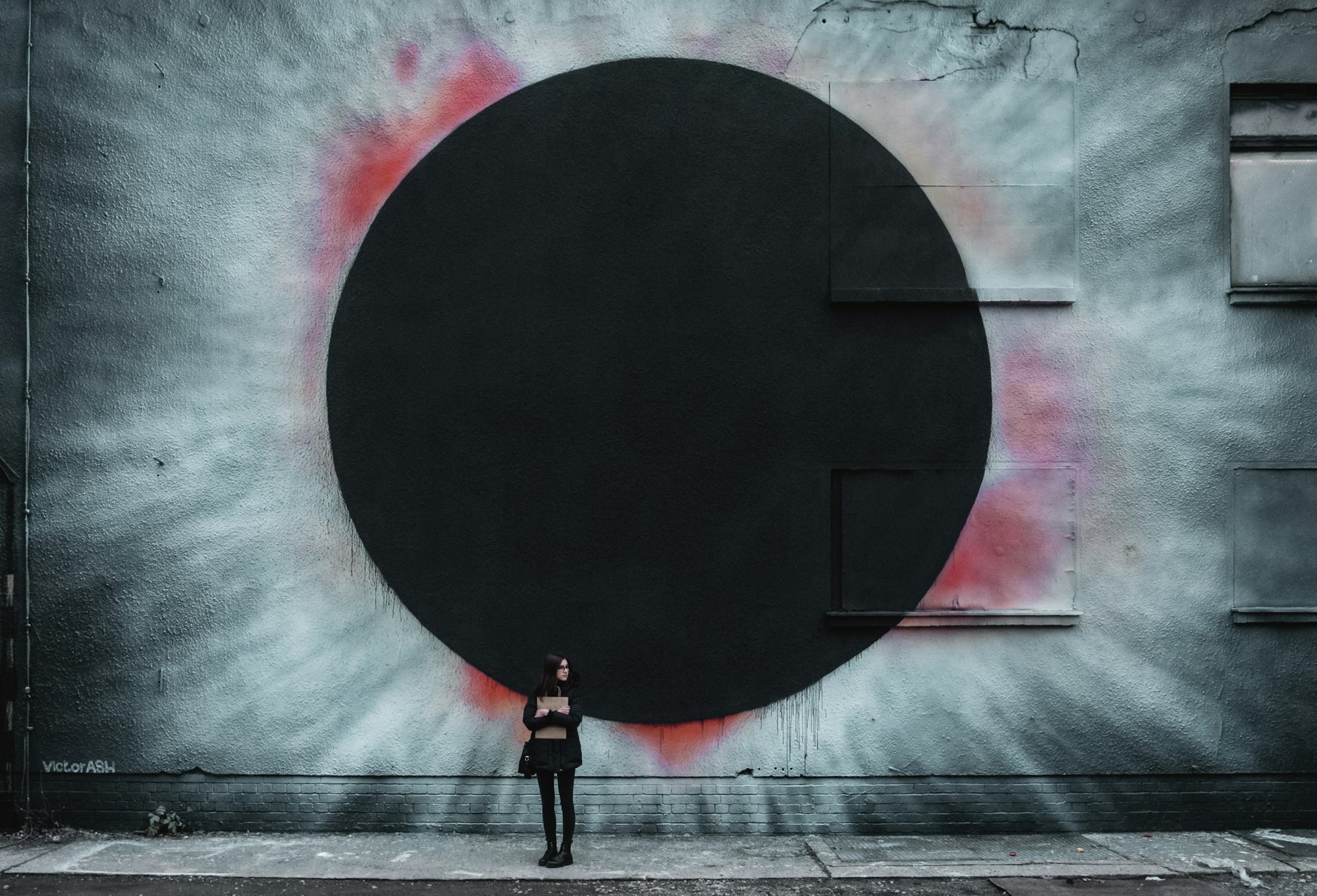

Why Resale Royalties Matter in the Secondary Art Market
The secondary art market, where artworks are resold after their initial purchase, represents a significant and lucrative portion of the global art industry. In 2022, this market generated an estimated $67.8 billion in sales, surpassing pre-pandemic levels. But as we celebrate these soaring numbers, the artists themselves—the core reason for this value—are often left out of the equation.
Without resale royalty rights, artists see none of these profits, relying solely on their initial sales, which are often modest. For emerging artists, this exclusion feels particularly unjust. While collectors and galleries enjoy financial windfalls, the artists who fuel the system face an uphill battle for sustainability.
Resale royalties are not just financial tools; they are moral imperatives. For example, Jean-Michel Basquiat’s works now sell for millions, yet the artist himself saw none of this appreciation during his lifetime. Implementing these rights globally could address this systemic imbalance and foster an art market where creators thrive alongside their reputations.
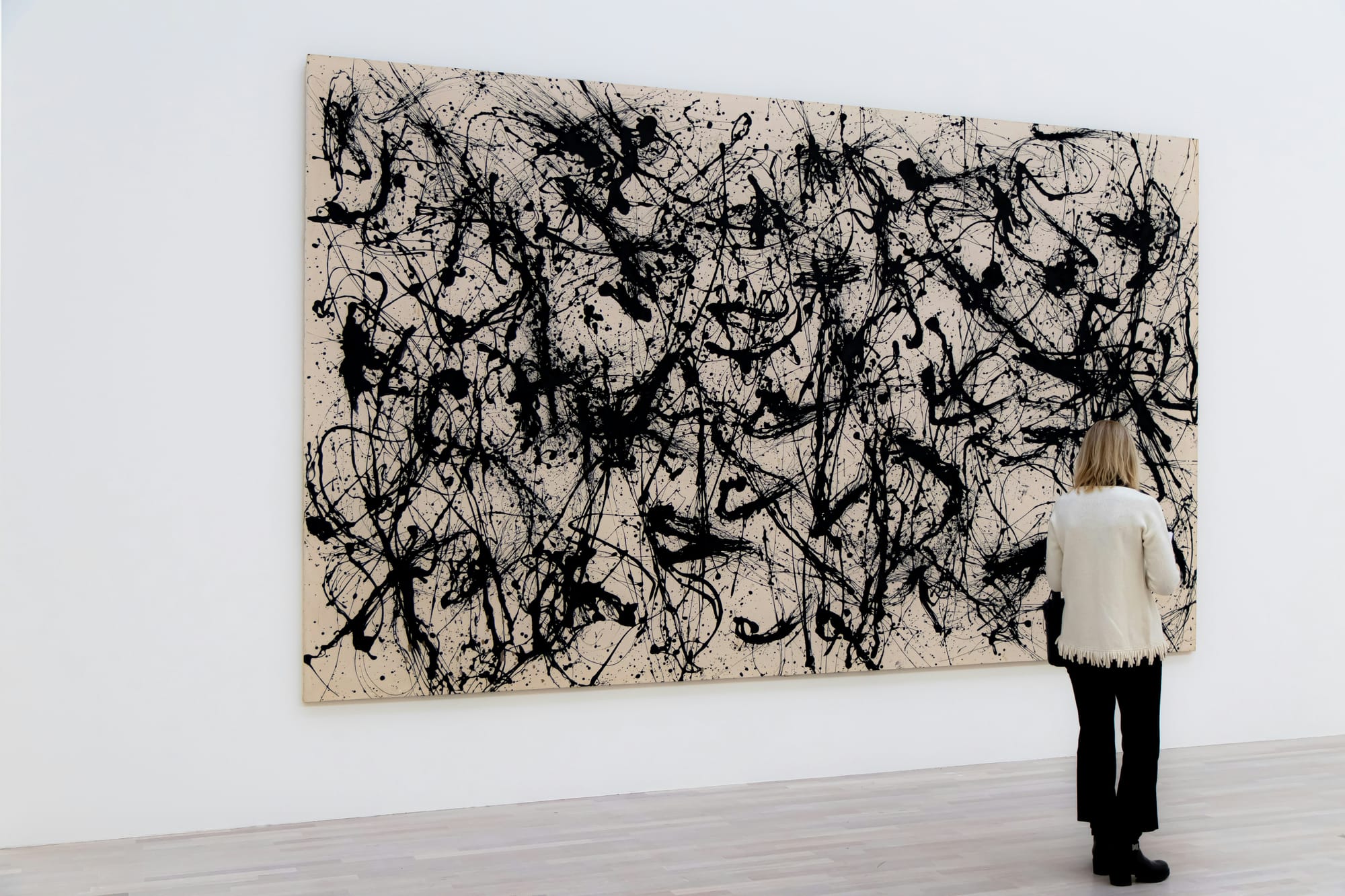
The Challenges: Resistance and Inequality in the System
But progress is never without resistance. Critics of ARR argue that resale royalties could deter collectors, particularly those investing in emerging artists, from engaging with the market. Auction houses like Sotheby’s and Christie’s have been staunch opponents, claiming that such policies could harm the market’s competitiveness.
Their concerns often center on administrative burdens and potential reductions in buyer interest. This raises questions about whether these concerns are logistical—or simply reflective of an unwillingness to share profits.
In the United States, where resale royalties lack federal backing, artists are left to negotiate unenforceable goodwill agreements. This fragmented system creates a stark global inequality, with artists in some countries benefiting from their works’ rising value while others remain excluded.
Emerging technologies, like blockchain, offer potential solutions for simplifying the tracking of sales and automating royalty payments. These innovations could bridge the gap between administrative concerns and artist equity, creating a system that works for all stakeholders.
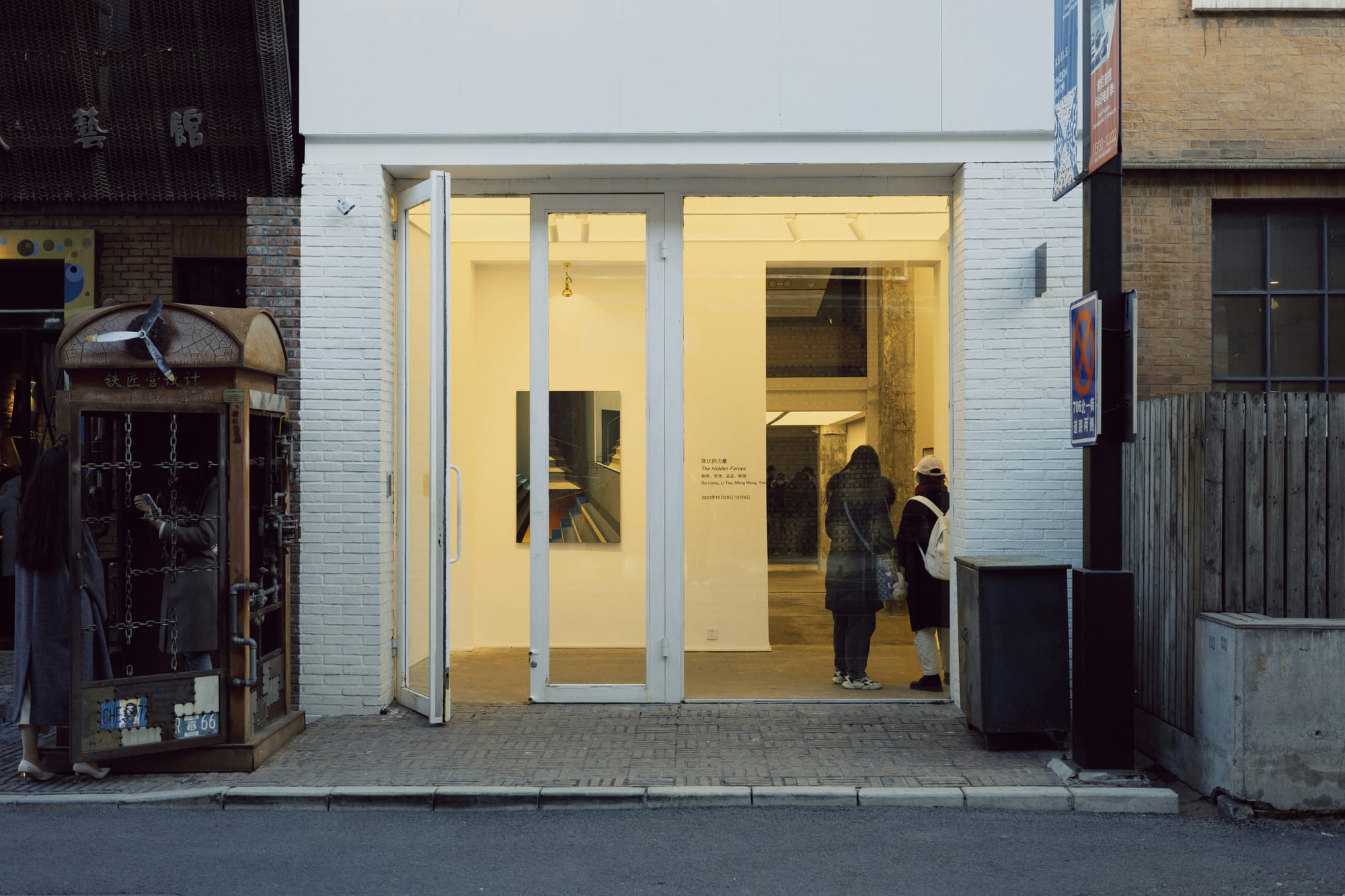
Learning from Success: France, Australia, and Global Momentum
If we are to envision a fairer future, France and Australia offer compelling models. France’s droit de suite, introduced in 1920, ensures that artists or their heirs receive a percentage of the sale price whenever their work is resold. Similarly, Australia’s Resale Royalty Scheme has generated over $14 million in royalties, benefiting Indigenous artists who historically have been marginalized.
These programs demonstrate how resale royalties can bridge equity gaps, ensuring that artists share in the value their works generate over time. For instance, Indigenous Australian painters who once faced systemic undervaluation now see their creative contributions recognized financially as their works gain prominence.
Globally, countries like South Africa and New Zealand are exploring similar frameworks, signaling growing momentum for ARR. The World Intellectual Property Organization (WIPO) emphasizes that resale rights can standardize fair compensation across markets, creating equitable opportunities for artists worldwide.
Despite challenges, the success stories of France and Australia illustrate that resale royalties can balance market competitiveness with fairness for artists. As the global art market evolves, more countries must adopt and adapt these proven models to build a sustainable and equitable future.
More Stories:
A Critic’s Call for Equity in the Art Market
The secondary art market is a dynamic and often dazzling arena, but its glittering facade conceals deep inequities. Resale royalties, while imperfect, represent a critical step toward bridging the gap between creativity and commerce. The systems in France and Australia show that fairness can coexist with market vitality, proving that the art world need not sacrifice equity for profit.
As a critic, I see resale royalties not as a burden but as a necessary correction—a way to honor the enduring contributions of the artists who make this industry possible. For the global art market to truly thrive, it must acknowledge its responsibility to the creators who sustain it.
Let us embrace this opportunity to ensure that art’s second act belongs to the artists themselves.
— Panu Syrjämäki
About the Critic
Panu Syrjämäki is an art critic and editor for ART Walkway News, known for exploring the intersection of creativity, commerce, and justice in the art world. Follow his latest insights on ART Walkway or connect on Social Media.





